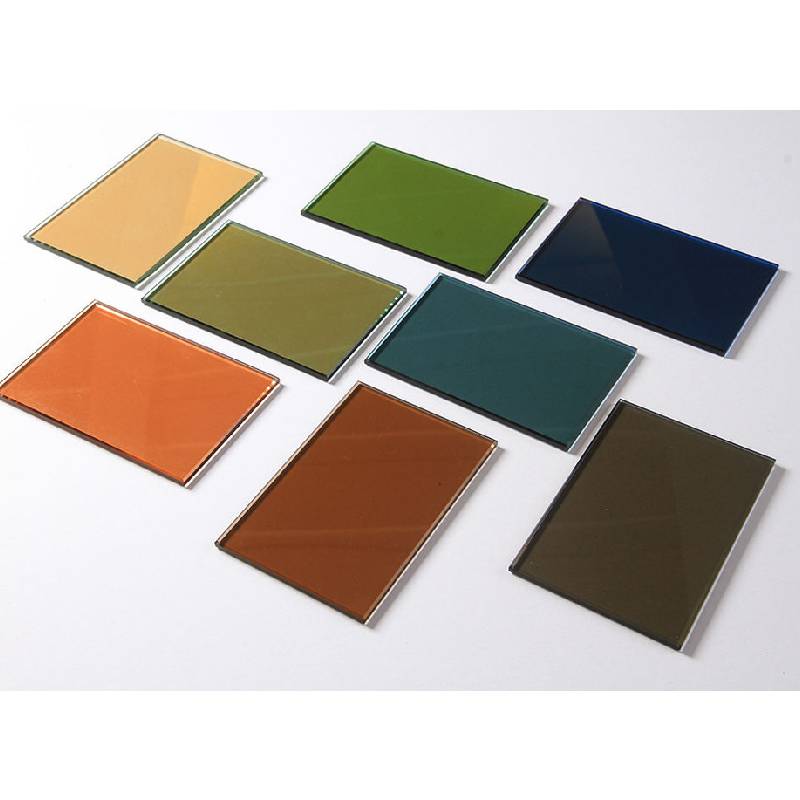

The Benefits and Applications of Low Reflective Glass
In contemporary architecture and design, aesthetics, functionality, and sustainability are paramount. One innovative solution that has been gaining popularity is low reflective glass. This specialized type of glass not only addresses the visual demands of modern buildings but also enhances energy efficiency and occupant comfort. In this article, we will explore what low reflective glass is, its advantages, and its diverse applications in various industries.
Understanding Low Reflective Glass
Low reflective glass is designed to minimize glare and reflections while maximizing light transmission. This characteristic is achieved through a unique coating process that reduces the amount of light reflected from the glass surface. Unlike standard glass, which can reflect significant amounts of light, low reflective glass creates a clearer view of the external environment, allowing natural light to penetrate interiors without the distracting glare.
Advantages of Low Reflective Glass
1. Enhanced Visibility
One of the most notable benefits of low reflective glass is improved visibility. In settings where visual clarity is crucial, such as retail spaces, galleries, and offices, this type of glass enhances the viewing experience. It allows for unobstructed views and vibrant colors, making it an ideal choice for buildings that focus on aesthetics.
2. Reduced Glare
Glare can be a significant issue in homes and commercial settings, leading to discomfort and decreased productivity. Low reflective glass minimizes this problem, creating a more pleasant environment for occupants. This is particularly beneficial in workspaces where employees rely on screens and detailed tasks, as it reduces eye strain and enhances overall comfort.
3. Energy Efficiency
With rising energy costs and increasing awareness of environmental issues, energy efficiency is a crucial consideration in modern construction. Low reflective glass can contribute to a building’s overall energy performance by improving heat gain during winter and minimizing heat loss in summer. This characteristic allows for better climate control, reducing reliance on heating and cooling systems, which translates to lower energy bills and a reduced carbon footprint.
4. UV Protection

Another significant advantage is that low reflective glass often comes with additional coatings that block harmful ultraviolet (UV) rays
. This protection is essential in preserving furniture, artwork, and other interior elements from fading. In retail settings, this feature is particularly valuable as it protects merchandise from potential damage caused by prolonged sun exposure.Applications of Low Reflective Glass
1. Commercial Buildings
Low reflective glass is widely used in the construction of commercial buildings. Its ability to provide a striking appearance while minimizing glare makes it an attractive choice for office buildings, shopping centers, and hotels. Architects favor this glass for its sleek aesthetic and performance capabilities, creating environments that are not only functional but also visually appealing.
2. Residential Architecture
In residential applications, low reflective glass can transform living spaces by creating open, bright atmospheres without the discomfort of glare. Whether in large windows or glass doors, this type of glass allows homeowners to enjoy panoramic views of their surroundings while maintaining privacy and energy efficiency.
3. Automotive Industry
The automotive industry has also recognized the benefits of low reflective glass. Car manufacturers use this glass to enhance driver visibility and passenger comfort, resulting in safer and more enjoyable driving experiences. The reduction of glare improves visibility in various lighting conditions, ultimately contributing to road safety.
4. Display Cases and Art Installations
In museums and galleries, low reflective glass provides an exceptional viewing experience. It allows visitors to enjoy exhibits without the distractions of reflection, which can detract from the appreciation of art and artifacts. Furthermore, its UV protection helps preserve valuable items for future generations.
Conclusion
Low reflective glass represents a significant advancement in glass technology, blending aesthetics with functionality. Its numerous benefits, including enhanced visibility, reduced glare, energy efficiency, and UV protection, make it an ideal choice for a wide range of applications. As architects and designers continue to prioritize sustainability and occupant comfort, low reflective glass is poised to play an increasingly important role in shaping the built environment of the future.